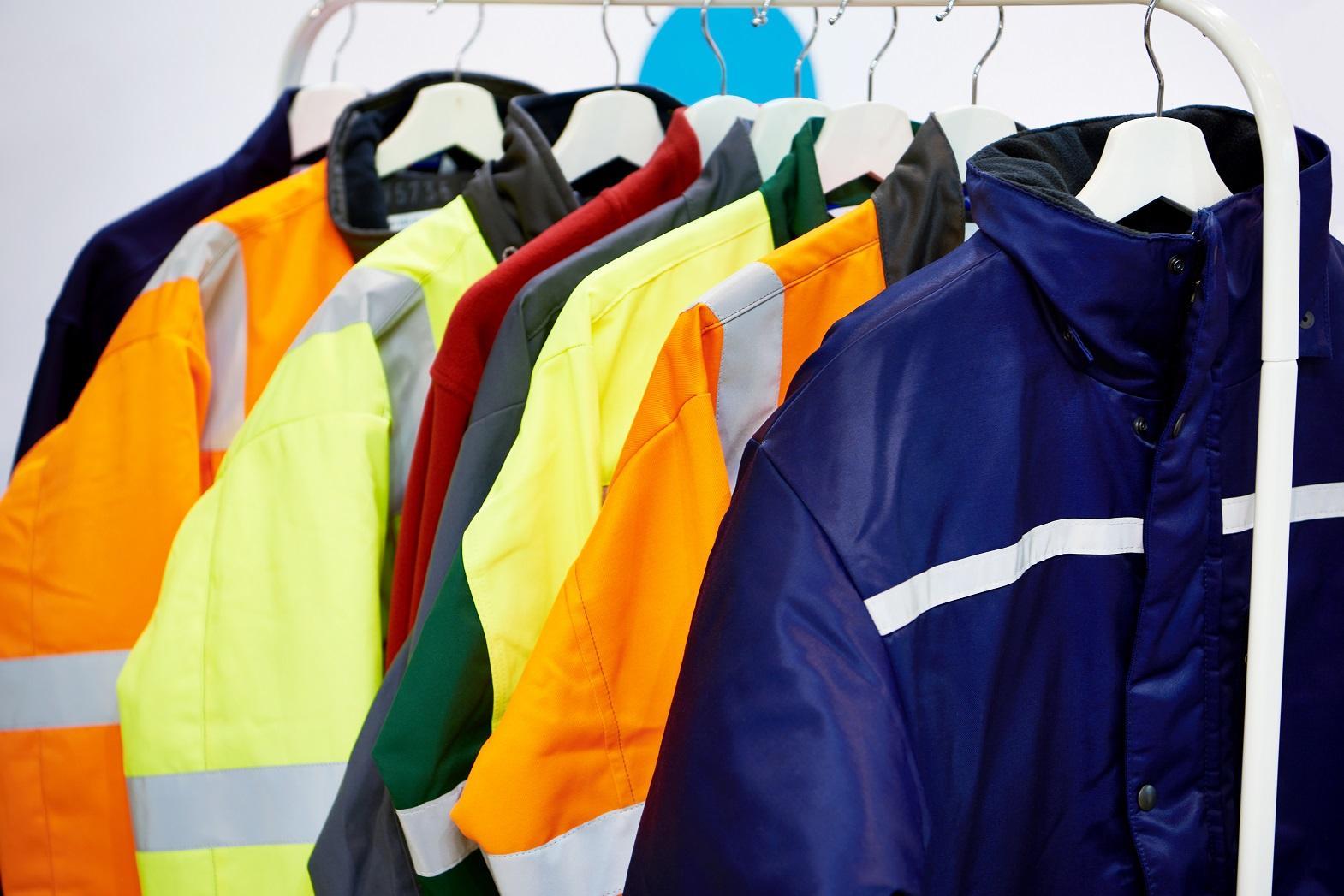In many cases, the need for workwear arises from the workplace environment. Workforces must follow dress codes for safety reasons, such as fire department personnel or healthcare professionals. Additionally, the corporate world often expects professionals to appear business-like when meeting clients, making office wear influenced by external factors equally significant, as clients' perceptions of staff matter.
In most workplaces, traditional colors and conservative clothing styles are the norm. Colors like white, beige, cream, black, army green, and navy blue are staples in any office wear wardrobe because they are versatile and go well with everything. However, adding hints of color to the wardrobe can also work nicely. The specific colors may vary depending on the workplace and country. Generally, corporate houses appreciate a chic yet conservative look. For women, well-tailored trousers, a classic white shirt, and a well-cut jacket are a classic choice. Men can opt for ties, contrasting trousers and shirts, and perennial black belts to enhance their professional look.
However, this season, fashion experts are advocating the introduction of fresh hues and bold prints for a contemporary office look. Tailored blazers, slouchy pants, and power pumps in unexpected colors or patterns aim to replace the conventional blacks and grays in suits. Mixing and matching prints in muted colors can add personality to workwear. Designers advise grounding one print with neutrals for a balanced look.
Buyers in developing countries are also experimenting with how they want to appear in their workplaces. Workwear trends in developing countries are often influenced by those in developed countries. The workwear market depends on the strength of the global economy and resulting employment levels. The stronger the world economy, the higher the employment levels, and the demand for workwear grows accordingly. A report forecasts that worldwide demand for workwear will grow by more than 20 percent over the next five years, driven by growth in emerging markets.
Among the emerging markets, China has become the world's leading producer of workwear over the last decade. It is widely believed that China accounts for nearly one-third of the total global market. Throughout the last two decades, the corporate wear sector in the developed world has consolidated, following company closures, mergers and acquisitions. However, with emergence of corporate culture in the developing countries, the workwear sector has been revived and the market for the same is widening. Apart from China developing countries like Indonesia (with growth of 11 percent), Morocco (10 percent), Turkey (7.1 percent), Tunisia (4.3 percent), Pakistan (4.0 percent), India (3.3 percent), Sri Lanka (2.2 percent), Thailand (2.1 percent), South Africa (1.1 percent) and Bangladesh (0.9 percent) are also actively exploring the development possibility in workwear. These countries are also supplying raw material required for both corporate wear and protective wear to several developed countries. Of the main suppliers among these countries, Indonesia registered the highest growth of 43 percent per year, followed by Bangladesh at 27 percent, Thailand at 24 percent, Pakistan at 12 percent and India at 8.7 percent.
In another developing nation India, as per an estimate carried out in a latest research report, the internal workwear market is estimated to be around USD 357 million, which is likely to reach USD 1,108 million by the year 2021, developing at CAGR of 12 percent. It is estimated that in India, jackets and trousers will witness highest growth of 15 percent and 14 percent, respectively. In the European Union, it is estimated that the United Kingdom is the largest market for workwear, ahead of Germany and France. The country is also a lead producer of workwear in European Union, ahead of Poland and Italy. The size of the protective clothing market has overshadowed the traditional workwear market in the UK. Like the United Kingdom, the workwear comprising of protective wearing is gaining ground in several other countries as well.
Globally, the demand for office wear is on rise. Though, nothing can beat the efficiency of an employee at the workplace, but sometimes allowing the workwear to do all the talking and work is a great idea to impress the clientele.
References:
1. Cbi.eu
2. Business-standard.com
3. Theexpresstribune.com
4. Harperbazaar.com
5. Theclothingmenu.com
6. Researchandmarkets.com
7. Trendreports.com









Comments